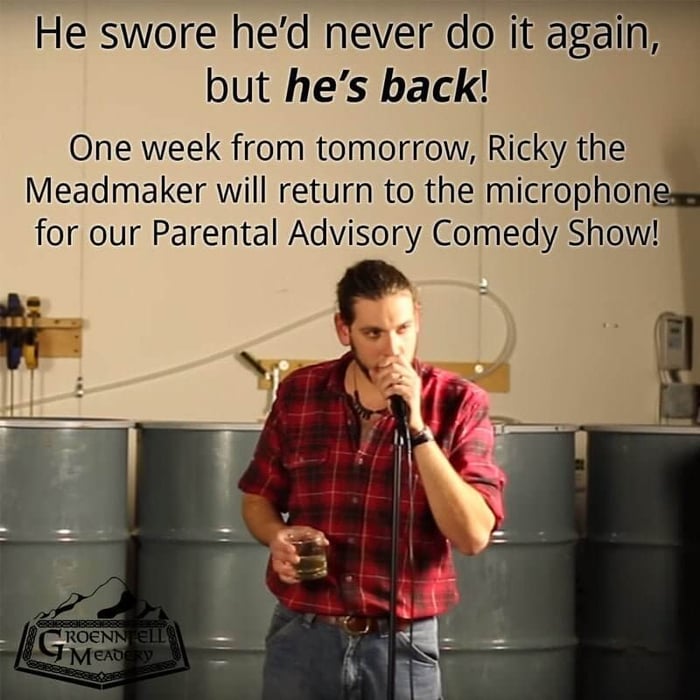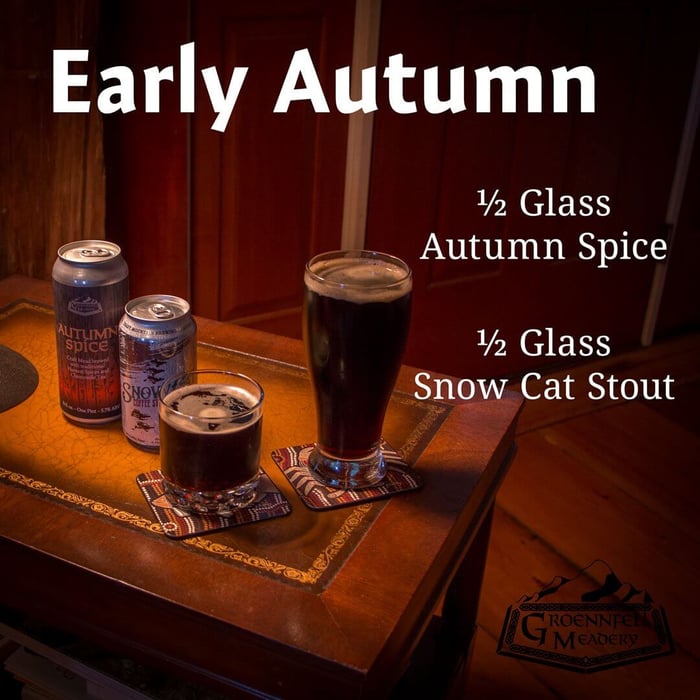Generally speaking, we have access to the same honeys, the same yeast, similar if not identical nutrients, and so on.
The one thing that professionals have that most home meadmakers can’t justify is laboratory analysis. If you want to spend the dough, you can certainly get analyses for abv, VOC, esters, residual sugars, yeast mutation, and so on, but it can be very expensive and, as we’ll see below, completely unnecessary.
A quick note: Some homebrewers develop their entire hobby around the scientific aspect of the brewing process, investing in everything from stir plates to high-powered microscopes to professional texts on the subject. If this is your thing, go for it! Seriously, that’s awesome. Just know that you’re a member of the select.
So, for the rest of us mere mortals who don’t want to become cell biologists and organic chemists, how can we go about improving our homebrewed meads, beers, wines, and ciders?
The trick is to develop a knack for qualitative rather than quantitative analysis. Even the biggest breweries in the world use both, but a lot of the smaller folk (Groennfell Meadery included) opt for qualitative analysis with very, very rare quantitative lab work to answer specific questions.
Here’s how we go about our quality control at Groennfell Meadery, and while we can’t speak for any other breweries, this represents a fairly good sketch of what is going on at small and medium-size brewhouses around the world. You don’t need to do every single step here, but this is the complete process for those who are interested.
Aligning Phase:
This is all about preparing your palate to detect minor variations in your beverage. It can take days, weeks, or even years. The best tasters still follow this practice decades after beginning as professionals.
Step 1: Know enough of the science to know what you’re looking for. You don’t need to have a PhD in Bioactive Minerals to know that yeast needs a variety of nutrients for optimal fermentation. Checking out our Meadmaking Articles is a good place to start.
Step 2: Get examples of the style you’re analyzing and taste them side-by-side focusing on commonalities rather than differences. For example, what do all British Porters have in common? Use your words; writing down what you’re tasting actually helps in identifying flavors and aromas.
Step 3: Taste the samples again, looking for differences. If there’s something you taste in one or more of the samples that doesn’t seem right, try to describe it then look it up to see if it belongs there.
Step 4: BONUS STEP. Take a class on flavor and off-flavor identification. They’re even available as home study kits now!
Quality Control in Action:
Once you know what you’re looking for (and hoping not to find), it’s time to subject your homebrew to scrutiny. We don’t follow every step below every time, but this is the full QC regimen we have at Groennfell.
Step 1: Simply taste a sample of the product listing outloud any pronounced flavors or aromas. For example, Nordic Farmhouse always goes through a stage of fermentation where it tastes like bubblegum. Even though this would be an off-flavor in the final product, it’s a good sign if it’s pronounced on day three of fermentation because it’s an indicator of consistency. If everything’s good, skip to step 4.
Step 2: If an unexpected flavor is encountered, have another brewer sample the product without priming them (in other words, don’t say, “I think this tastes like butter; what do you taste?”). Once you have a second opinion, voice your concern if the other brewer hasn’t already noticed it.
Step 3: If there’s an issue, do one of two things, A) Relying on your vast knowledge of brewing, take remedial steps to correct the problem. B) Freak out.
Step 4: Assuming no problems, check for consistency. We usually use the following trick, we pull samples of a product from three locations, usually a past batch and a current batch in both can and on draft.
Step 5: If no comparison samples are available, we all know the product pretty well. Actually, we all know it very well. We drink a lot. We try not to go by memory, but sometimes it’s the only option. This is where writing your tasting notes down comes in handy.
Step 6: If you want to go really nuts, go ahead and do a triangle tasting. This is where you taste three samples – two are the same and one is different – and you try to identify the two that are the same. It does require two people or having absolutely horrendous short-term memory.
Step 7: If there has been a change, document it and try to find the source. On more than one occasion, serendipity has stepped in to improve our meads. Being able to identify what “went wrong” is actually one of the ways our products continue to get better over the years.
That’s it! So simple, right?
While paying someone to do laboratory analysis is certainly an option, why would you ever turn down the opportunity to drink numerous beverages in the name of science?





